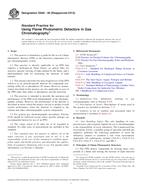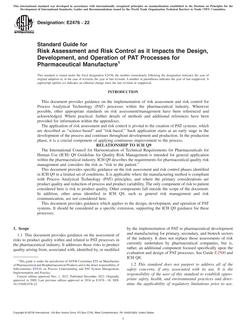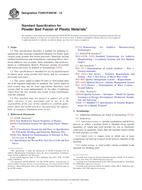1.1 This guide covers recommendations for use of chemical dispersants to assist in the control of oil spills and is written with the goal of minimizing the environmental impacts of oil spills. Aesthetic and socioeconomic factors are not considered; although, these and other factors are often important in spill response.
1.2 Each on-scene commander has available several means of control or cleanup of spilled oil. In this guide, use of chemical dispersants should not be considered as a last resort after other methods have failed. Chemical dispersants should be given equal consideration with other spill countermeasures.
1.3 This guide presents general guidelines only. The oil is assumed to be dispersible and the dispersant to be effective, available, applied correctly, and in compliance with relevant government regulations. Oil, as used in this guide, includes crude oils and fuel oils. Differences between individual dispersants and to a certain degree, differences between different oils are not considered.
1.4 This guide is one of several related to dispersant considerations in different environments. The other standards are listed in Section 2 .
1.5 This guide applies to marine and estuarine environments but not to freshwater environments.
1.6 In making dispersant use decisions, appropriate government authorities should be consulted as required by law.
1.7This standard does not purport to address all of the safety concerns, if any, associated with its use. It is the responsibility of the user of this standard to establish appropriate safety and health practices and determine the applicability of regulatory limitations prior to use.
Product Details
- Published:
- 11/01/2007
- Number of Pages:
- 6
- File Size:
- 1 file , 110 KB
- Redline File Size:
- 2 files , 200 KB


